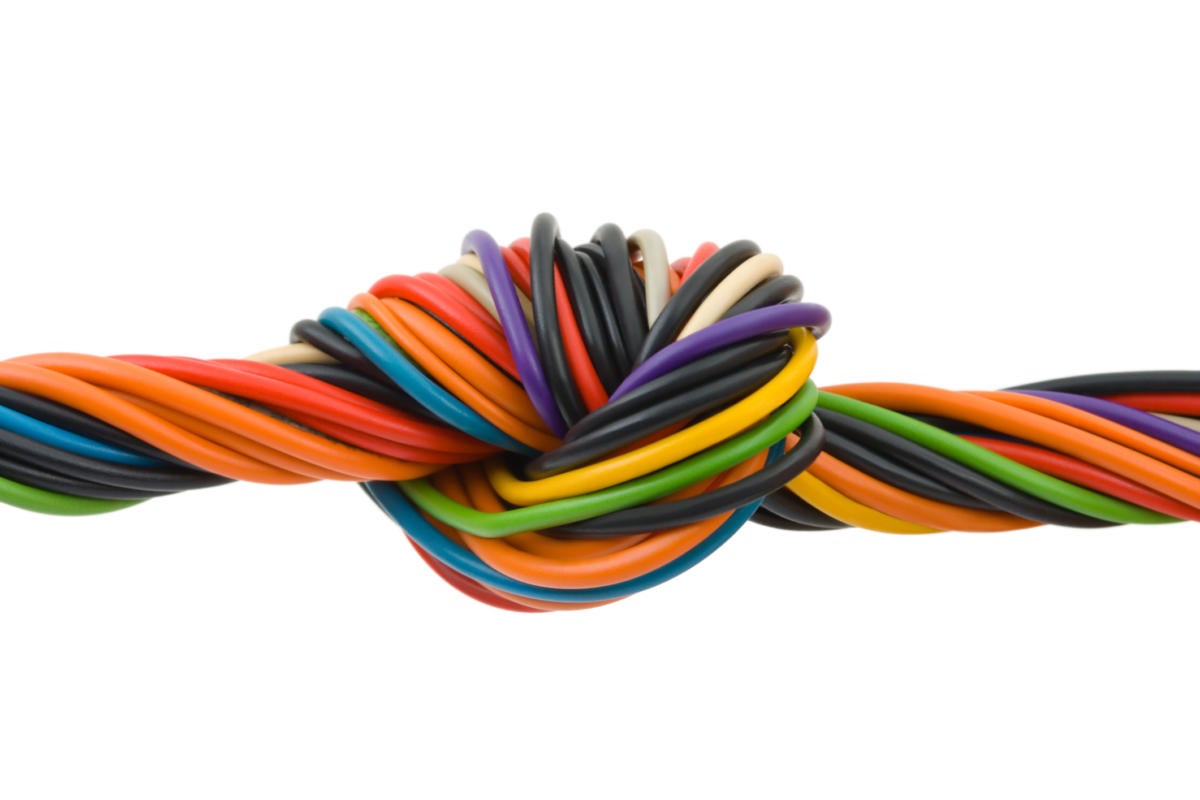Puppet is forging tight links between its devops platform and Docker containers, Jenkins continuous integration, and VMware virtual machines. These improvements are part of a series of product unveilings Thursday that also includes the latest version of the Puppet Enterprise datacenter orchestration platform.
For Docker, Puppet is offering its Docker Image Build tool for automating the container build process. "What this allows people to do is reuse their existing Puppet code," Tim Zonca, Puppet marketing vice president, said. If users have already defined a set of services in Puppet, they can take these definitions and feature them in containers in Docker. This adds to previous Puppet capabilities for installing and managing container infrastructure, including Docker, Kubernetes, and Mesos. Docker Image Build is from Puppet's Project Blueshift, which focuses on next-generation infrastructure.
Meanwhile, the Jenkins Pipeline plugin lets users set up continuous integration pipelines in Enterprise and build Puppet orchestration jobs targeting deployments to particular applications or infrastructure. "People who optimize their entire software production system can now cut out a host of manual steps," with Jenkins going through CI pipeline details and then creating Puppet orchestration jobs, Zonca said. Puppet could, for example, move software from Jenkins into production, staging, or pre-production.
Finally, Puppet's VMware vRealize plugin for Enterprise provides self-service provisioning and enables development of blueprint templates for virtual machines using the vRealize Automation interface. Shipping next month, the plugin also triggers Enterprise to manage the VM so that IT teams have automated, self-service provisioning while enforcing desired configurations on an ongoing basis; developers thus get configured infrastructure upon request.
Also on the docket for Puppet today is Enterprise 2016.4, which adds insight around changes and improves system querying. "The additional insight around change is we've introduced the ability to see corrective change vs. intentional change," Zonca said. Most changes in Puppet are intentional, but in many cases, something can be changed in the infrastructure that is out of compliance with Puppet. This capability helps users understand the difference between the two while speeding up troubleshooting.
The upgrade also features an interface to Puppet Query Language to make it easy to ask questions directly to Puppet without having to code through an API. Puppet users can query the system to get a sense of what is happening with the software they run, getting information, for example, on OpenSSL versions and the number of Windows Server 2008 machines still operating in a particular datacenter.






